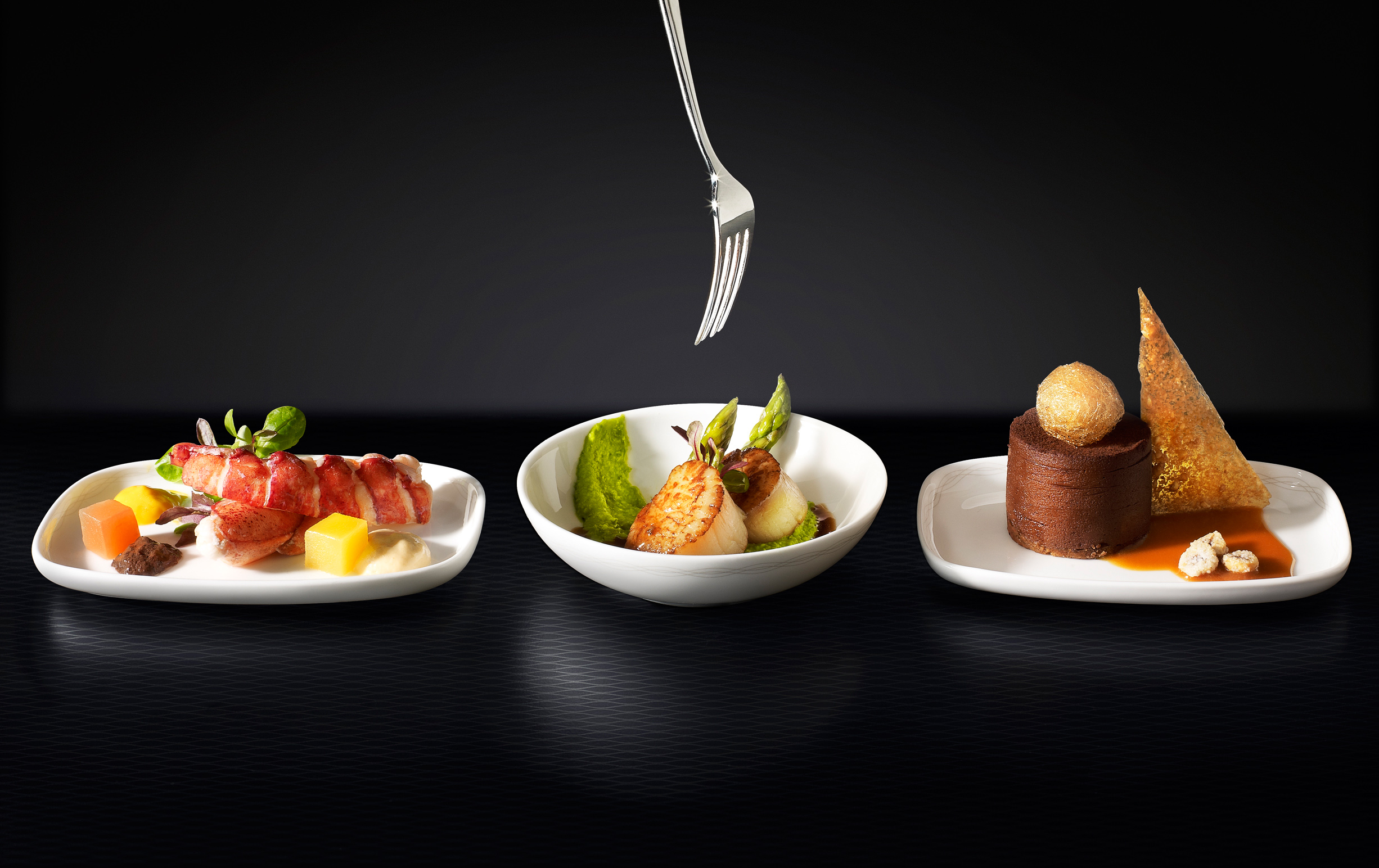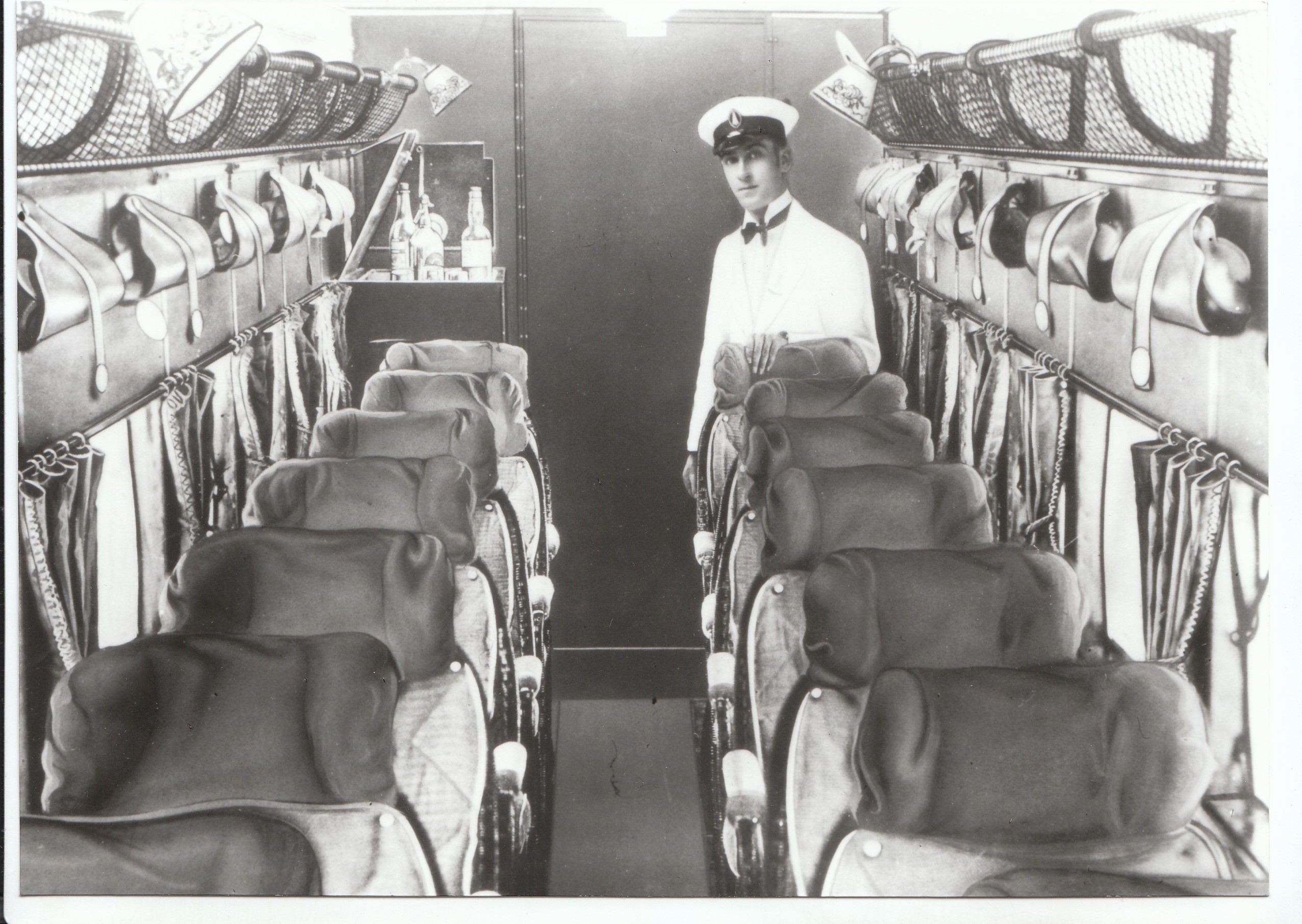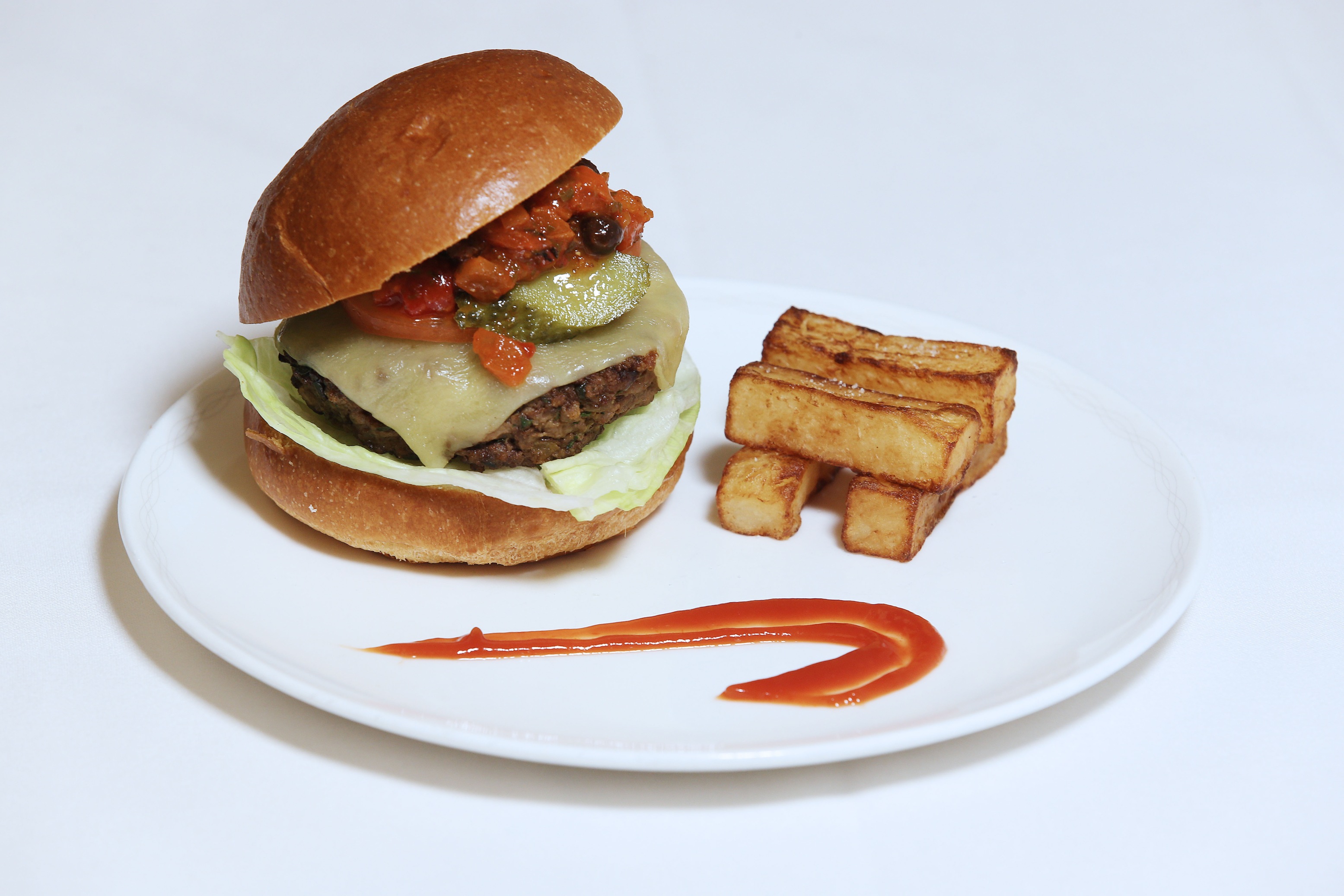It was an idea which made Imperial Airways’ Silver Wing flights famous and over 85 years later is still the benchmark by which many travellers judge an airline’s on-board service.
In 1927,British Airways’ predecessor, Imperial Airways, removed two seats from the Argosy aircraft it operated on the London/ Paris route to allow a steward to serve food on board. It was the first in-flight meal service.
Although the fare was simple; sandwiches or biscuits, beef tea, and a choice of beer, whisky or mineral water – passengers considered the idea of being served a meal inflight the height of luxury.
The competitive advantage that on board dining could provide was something not lost on the late Lord Marshall, former British Airways CEO and later chairman.
Around the time of its privatisation the airline was struggling on some previously popular early morning domestic routes. He introduced a better breakfast service and soon won back customers.
Today for full-service airlines in-flight catering remains integral to the flying experience and getting it right is a science.
Things have come a long way since the sandwiches and biscuits of the Silver Wingservice, but the huge advances in aircraft technology have also posed some challenges. Amongst these is the height at which modern aircraft fly.
Altitude was not a problem 85 years ago, as aircraft flew relatively low were not pressurised. A modern jet aircraft cruises at around 35 000 feet and the cabin is pressurised to 8 000 feet. Under these conditions you lose about 30% of your ability to taste, so food can seem bland or insipid.
It’s also impossible to make a hot cup of tea or coffee because at the reduced atmospheric pressure water boils at 91 degrees rather than 100. Boiling it longer will only create more steam and not make the drink any hotter.
With ample evidence indicating that the meal service can materially affect the enjoyment of a flight, it is no surprise that catering forms part of British Airways’ five-year, £5 billion investment in products and customer services.
The airline calls the approach it has adopted to counter the effects of altitude, lowerhumidity and other sensory inhibitors in aircraft cabins, Height Cuisine.
It uses ingredients which are high in umami, a savoury flavour known as the ‘fifth taste’, which occurs naturally in foods such as seaweed, tomatoes, mackerel and parmesan cheese and works particularly well in catering at altitude.

British Airways took this research forward by developing World Traveller menus that included citrus juices and spices in Indian chicken tikka and rich umami oftortellacci with tomato and olives; dishes which are able to stand up well to the flavour-inhibiting effects of altitude. An umami-rich First menu might include British fillet of beef with herb crust, summer vegetables, char-grilled fondant potatoes and a horseradish, dill and chive sauce.
The concept of Height Cuisine isn’t limited to making food taste better and paring it with suitable wines. It’s a holistic concept that extends to the choices customers have as well as how the food is served.
In the premium cabins this has meant training cabin crew to provide service that’s similar to that in a top restaurant. For example in First you can eat when you want and you have a choice of a formal meal service or an informal a la carte snack.There is also a bistro selection if you fancy something a bit lighter. You can even dine with a colleague.
In Club World (business) the Club Kitchen complements the meal service. It provides a variety of light snacks to which customers can help themselves during the flight. The cornucopia of treats includes offerings from Waitrose as well as smaller high-quality British brands.
Menu improvements have been extended to the World Traveller Plus cabin (premium economy) where customers can choose from two items on the Club World menu.
In WorldTraveller (economy) the airline has introduced a ‘tuck box’ of snacks, for customer to choose from after the main meal.
Innovation is key and the airline recently added gourmet burgers and pulled pork sandwiches to its first menu as well as introducing a traditional fish and chip supper on some of its shorthaul European flights.
Other seemingly small service innovations, such as the children-eat-first policy,ensure that parents are able to enjoy their meals.
“We make no bones about being a full-service airline and onboard dining is an integral part of this offering,” explains Edward Frost, commercial manager, South and East Africa. “Over the years we’ve learnt that it’s not something you just get right, but demands constant innovation and improvement. That’s what Height Cuisine is all about.”


